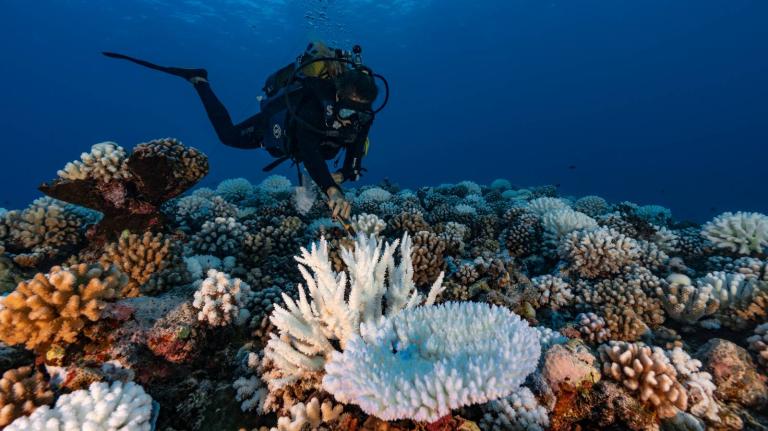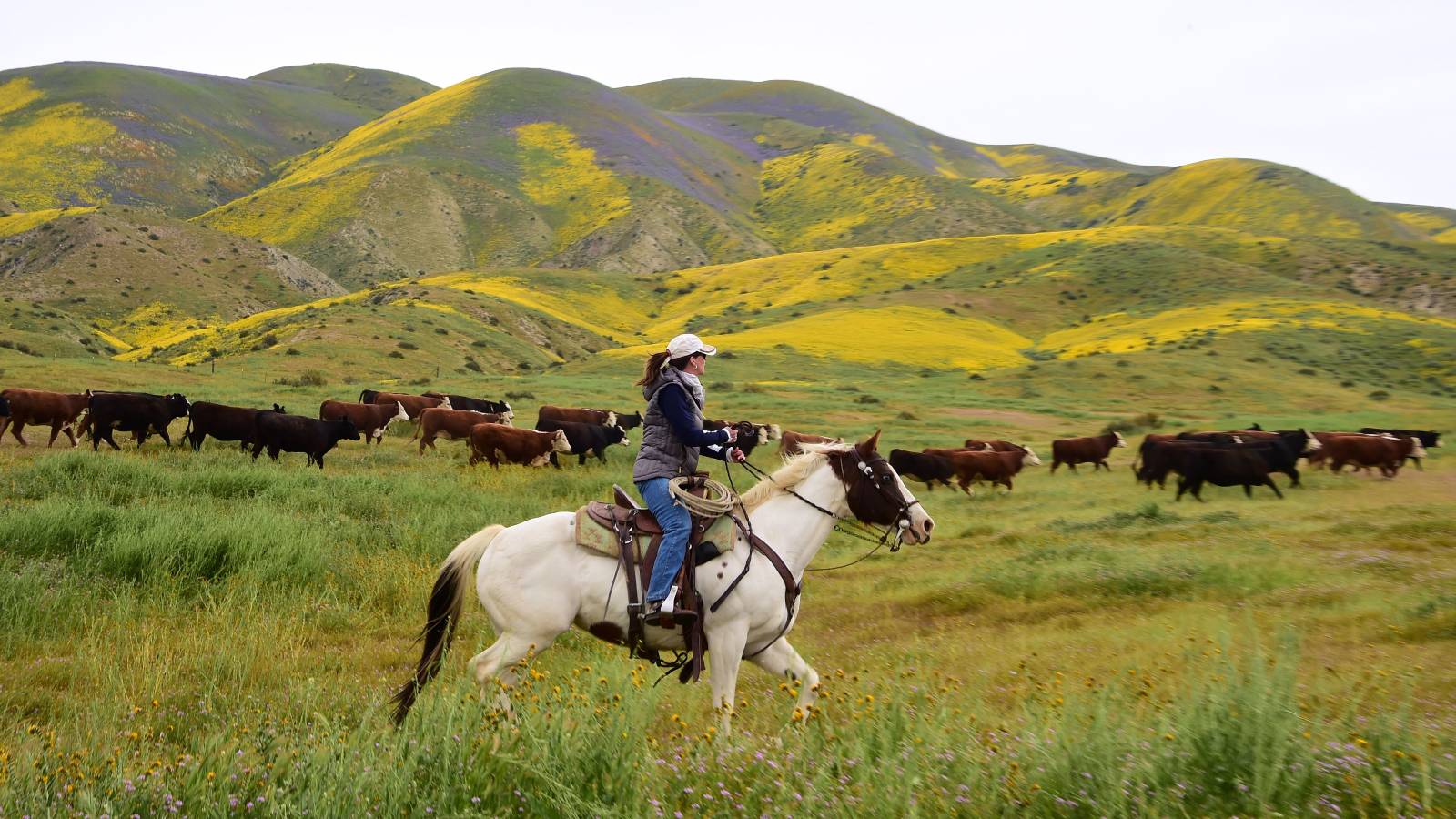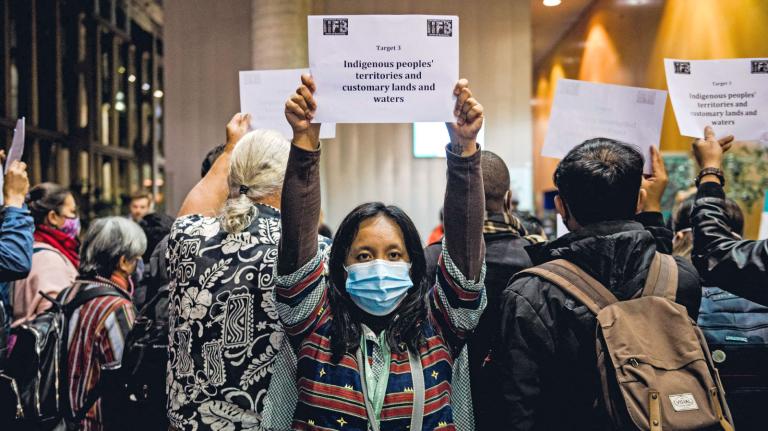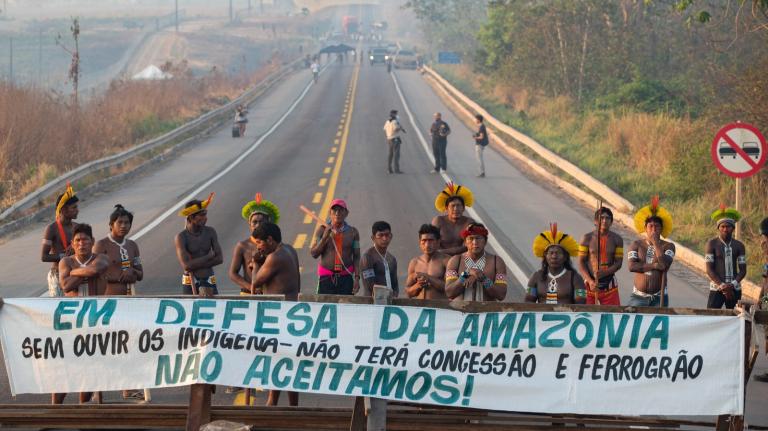Last month, right before the holidays, nearly 200 countries announced a breakthrough deal to protect Earth’s plants and animals. Of the 22 targets established at the United Nations Convention on Biological Diversity, or COP15, one stood out: an agreement to conserve 30 percent of land and seas by the year 2030.
The goal, commonly known as 30×30, has been around for a few years, slowly gaining traction in environmental circles since it was first proposed in the journal Science Advances in 2019. It draws inspiration from research by famed biologist E.O. Wilson that at least half the planet needs to be conserved in some way to protect 80 percent of species. The formal adoption of 30×30 by nearly all of the world’s governments at COP15 turned it into the official guiding star for the global conservation movement, with some leaders comparing it to the Paris Agreement in terms of significance.
Now, with negotiators at home and a new year underway, countries face the monumental task of figuring out what one of the most ambitious goals in conservation history actually means, in practice.
One of the toughest questions yet to be answered is: What exactly counts towards the 30 percent? Can certain conservation-minded agricultural methods that protect soil and promote a diversity of crops be included, or do only strictly protected areas like national parks count? To what degree will Indigenous territories be considered conserved land? And how will areas that connect fragments and contain the rarest, most species-rich ecosystems be prioritized under the goal? The final language in last month’s global agreement was vague on many of these topics.
“Underneath that [30×30] number is a huge amount of complexity,” said Claire Kremen, a conservation biology professor at the University of British Columbia who researches how to reconcile biodiversity conservation with agriculture. “It all depends on where and how you do this protection and there hasn’t been a lot of clarity on these points.”
The United States, while not technically part of last month’s global pact (the Senate since 1993 has refused to join the biodiversity convention), has been wrestling with these same questions independently. President Biden committed to the 30×30 goal within U.S. borders via executive order during his first week in office. And many states have also committed to the target, including California, Maine, New York, Hawaii, and New Mexico.
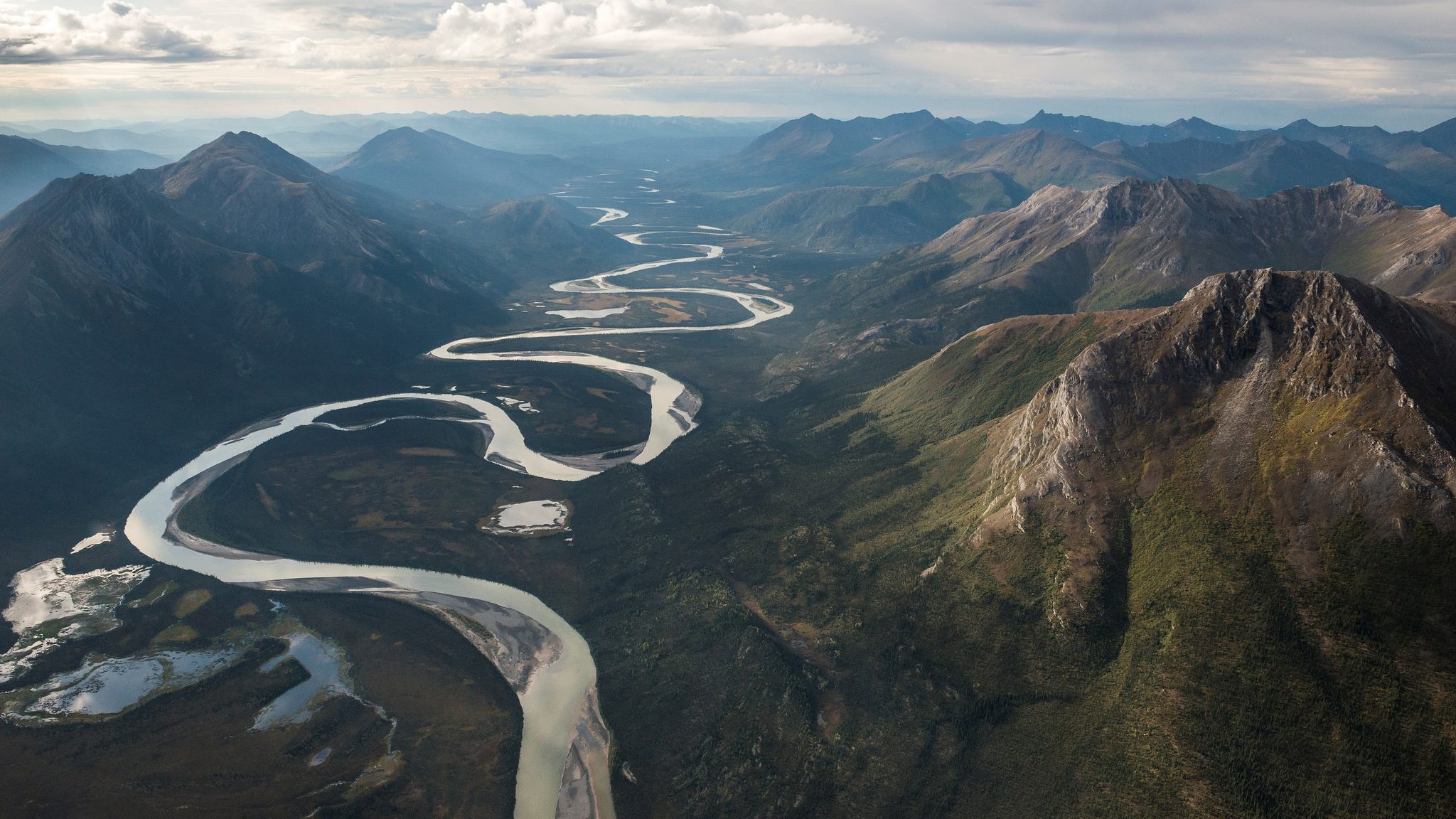
Just as negotiators at COP15 struggled to come to an agreement about what types of ecosystems and actions should count towards the global goal, the U.S. government has yet to define what “conserved” land and sea means under 30×30.
Currently, the U.S. has a variety of different protected area designations that are regulated in different ways. Most federal land, which makes up 27 percent of the country, is managed under some form of conservation, be it national parks and wilderness areas or, more commonly, a “multiple-use” mandate that allows for what the government determines to be sustainable levels of extractive activities like forestry and grazing. Add state parks and private land under conservation easements to the mix, and we’ve easily already met the 30 percent target, says Forrest Fleischman, a professor of environmental policy and forest governance at the University of Minnesota.
But most 30×30 advocates don’t think that all those lands should count towards the target, whose main goal is to protect biodiversity. While the U.S. Geological Survey’s Protected Area Database considers more than 31 percent of the country’s land under some form of protection, only 13 percent has strict mandates for biodiversity protection that don’t allow for any extractive activity.
“There’s habitat value to be found in all sorts of lands,” said Helen O’Shea, an expert on land-use and conservation issues at the Natural Resources Defense Council, “but the 30×30 effort is about creating a system that’s protected and ecologically representative. A connected system that’s going to link up areas that are solely being looked at for conservation purposes.”
For others, however, the answer isn’t as simple as just increasing the amount of land under strict protection. “If the goal is to move another 17 percent of the U.S. into something equivalent to a national park or wilderness area, that seems unrealistic,” said Fleischman, who is part of group of experts working to understand the social implications of 30×30, funded by the Science for Nature and People Partnership.
When the 30×30 goal was first announced in the U.S., it received significant pushback from ranching communities and private landowners, who were concerned about impacts to rural economies like grazing and logging. Many also argued that certain productive land uses, especially when planned with biodiversity in mind, are compatible with conservation of species and ecosystems. While the white spotted owl can’t live in logged forests of the Pacific Northwest, for example, open grazing helps to maintain prairie habitats. Some grassland birds also thrive in the early successional forests that grow after timber harvest.
“It’s a very complicated, site-specific issue,” said Tom Cors, director of U.S. government relations for The Nature Conservancy. “Some places might have adequate ‘protection,’ but they need more management,” he added, referencing the need to conduct more prescribed burning to support ecosystem function in Western forests.

Globally, the most significant critique of the 30×30 initiative has come from Indigenous peoples, who warn that the protected area conservation model has allowed governments and nonprofit groups to seize control of natural resources and, in many cases, violently remove Indigenous peoples from their lands, from the Democratic Republic of the Congo to Nepal to Peru. Tribes in the U.S. that have historically been excluded from conservation planning, decision-making, and funding wanted to make sure the country’s 30×30 goal didn’t repeat these patterns.
In an effort to address those concerns, the Biden administration framed its 30×30 pledge as a “collaborative and inclusive approach to conservation,” with topline goals of honoring tribal sovereignty, supporting the priorities of tribal nations, respecting private property rights, and supporting the voluntary efforts of landowners, all with science as a guide. A May 2021 report from the Department of the Interior emphasized the concept of “conservation” rather than “protection,” “recognizing that many uses of our lands and waters, including of working lands, can be consistent with the long-term health and sustainability of natural systems.”
An interagency working group is trying to account for different types of land uses while building the American Conservation and Stewardship Atlas, a tool to represent the amount and types of lands and waters that are currently conserved or restored. Part of the group’s mandate is to figure out how contributions from farmers, ranchers, and forest owners, as well as the conservation strategies of Tribal Nations, will count toward the 30×30 goal. A December 2021 progress report did not include a number for how much land and water is currently managed for conservation; in an email to Grist, a Department of the Interior, or DOI, spokesperson had no updates on the Atlas timeline.
Beyond “what actions count,” land managers are also thinking about “which lands and waters should be protected?” towards the 30-percent target. Biodiversity tends to be concentrated in certain areas and ecosystem types, so where land protection happens is important. In its comments on the Atlas, The Nature Conservancy recommended distributing conserved areas among 68 ecoregions of the U.S. — the Central Appalachians, Northern tallgrass prairie, and California central coast, for example — and protecting 30 percent of each.
In the U.S., it’s private lands that contain most of the country’s biodiversity; these also play a role in connecting protected areas, which conservation groups have emphasized as an important priority for the Atlas, as habitat connectivity has been shown to be critical for species’ survival. In addition, the Biden administration wants the tool to promote equity, increasing access to nature in historically marginalized communities, often in urban areas. Yet as the DOI itself notes, “there is no single metric — including a percentage target — that could fully measure progress toward the fulfillment of those interrelated goals [of doing better for people, for fish and wildlife, and for the planet].”
The 30×30 target established at the U.N. biodiversity conference is global, meaning that countries can sign onto it without necessarily committing to conserve 30-percent of land and waters within their borders. Still, many countries have issued their own 30×30 commitments, including Canada, Australia, Costa Rica, and France. The United Kingdom has been criticized for claiming to protect 28 percent of its land when the included national parks and “areas of outstanding natural beauty” fail to address poor farming practices, pollution, and invasive species. In July, Colombia announced that it had already met the target for land and sea.
The final agreement reached at COP15 nodded to the inclusion of working lands and the importance of protecting ecologically-representative and high-biodiversity habitats, without setting clear guidelines. It “recognized and respected” the rights of Indigenous peoples, who steward 80% of the world’s biodiversity on their lands, without establishing their territories as a specific category of conserved area, leaving them vulnerable to human rights violations.
For Fleischman, having a “political slogan” without a clear meaning isn’t necessarily helpful for achieving biodiversity and environmental justice goals. “Advocates say, ‘Look beyond the numeric spatial target at the language which is about finding ways to pursue conservation at a whole landscape level while taking into account social equity issues such as [urban] parks,’” he said. “But if that’s the case, what is the point of saying ‘30 x 30’? ‘Healthy nature everywhere’ might be a better goal.”
